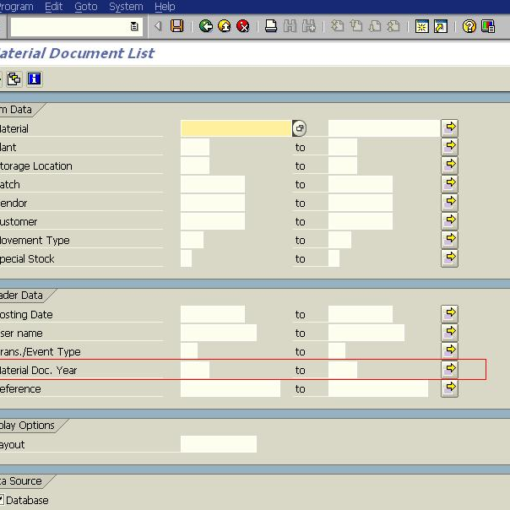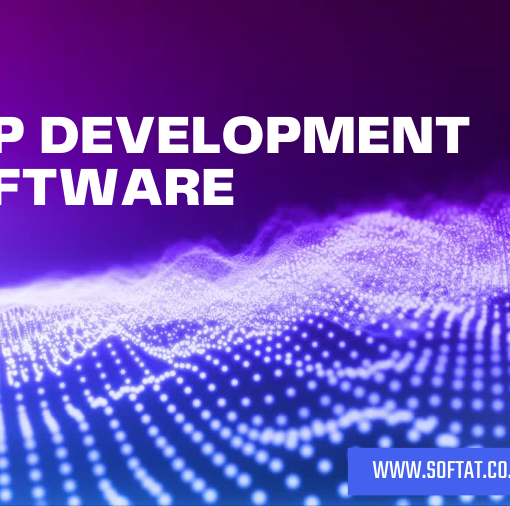In the dynamic realm of software development, the seamless interaction between different applications and systems is a game-changer. This is where API integration steps in, weaving a digital tapestry that connects disparate software and enables them to work harmoniously. Let’s embark on a journey to explore the depths of API integration, uncovering its types, benefits, challenges, and its pivotal role in the future of technology.
Definition of API Integration
Importance in Modern Software Development
API integration, or Application Programming Interface integration, is the process of connecting and allowing different software applications to communicate with each other. In an era where digital collaboration is the norm, API integration is the linchpin that enables diverse systems to work together seamlessly.
Types of APIs
RESTful APIs
Representational State Transfer (REST) APIs follow a set of principles for building web services. They are widely adopted for their simplicity and scalability.
SOAP APIs
Simple Object Access Protocol (SOAP) APIs use XML as their messaging format and are known for their strict standards, making them suitable for complex and mission-critical operations.
GraphQL
GraphQL, a query language for APIs, empowers clients to request only the data they need. Its flexibility and efficiency make it a popular choice, especially for mobile applications.
Benefits of API Integration
Enhanced Functionality
API integration allows applications to leverage features and data from other services, enhancing their overall functionality without reinventing the wheel.
Seamless Data Exchange
The ability to exchange data seamlessly between different applications facilitates real-time updates and ensures consistency across platforms.
Scalability
API integration provides a scalable architecture, enabling businesses to grow without the need for a complete overhaul of their existing systems.
Steps in API Integration
Authentication and Authorization
Ensuring secure access to APIs through authentication and authorization processes is a fundamental step in integration.
Endpoint Identification
Identifying and connecting to the right endpoints is crucial for establishing a successful communication channel between applications.
Data Mapping and Transformation
Harmonizing data formats and structures is necessary to ensure that information can be exchanged accurately between applications.
Popular API Integration Tools
Zapier
Zapier simplifies automation by connecting thousands of apps. Its user-friendly interface enables users to create workflows without coding.
Integromat
Integromat offers advanced automation with powerful features, including the ability to connect to databases and manipulate data.
Microsoft Power Automate
Formerly known as Microsoft Flow, Power Automate is a robust tool that allows users to automate workflows across a variety of applications and services.
Security Considerations in API Integration
Secure Data Transmission
Encrypting data during transmission ensures that sensitive information remains confidential and protected from unauthorized access.
Role-Based Access Control
Implementing role-based access control restricts access to APIs based on the roles and responsibilities of users.
API Rate Limiting
Enforcing rate limits prevents misuse of APIs, ensuring fair usage and protecting against potential attacks.
Real-world Use Cases
E-commerce Platforms
Integration powers seamless connections between e-commerce platforms, payment gateways, and inventory management systems.
Social Media Integrations
Social media platforms leverage APIs to enable sharing, authentication, and real-time updates across various applications.
Business Process Automation
Integration automates routine business processes by connecting different tools, reducing manual effort and improving efficiency.
Challenges in API Integration
Versioning Issues
Managing changes and updates to APIs, especially when dealing with multiple versions, requires careful versioning to avoid compatibility issues.
Handling Errors and Exceptions
Developers must implement robust error-handling mechanisms to ensure smooth operation even when unexpected issues arise.
API Documentation
Comprehensive and accurate documentation is essential for developers to understand how to interact with an API correctly.
Best Practices for API Integration
Comprehensive Documentation
Well-documented APIs provide clear instructions on how to use them, reducing the learning curve for developers.
Error Handling Strategies
Implementing effective error-handling strategies, including meaningful error messages, enhances the resilience of API integrations.
Regular Testing and Monitoring
Continuous testing and monitoring are crucial for identifying and addressing issues promptly, ensuring the reliability of API integrations.
API Integration and SEO
Impact on Website Performance
Efficient integration contributes to a faster and more responsive website, positively impacting user experience and SEO rankings.
Considerations for SEO-friendly APIs
Adhering to SEO best practices, such as proper URL structures and semantic markup, ensures that APIs contribute positively to a website’s search engine visibility.
You may be interested in:
A Deep Dive into SAP API Management





